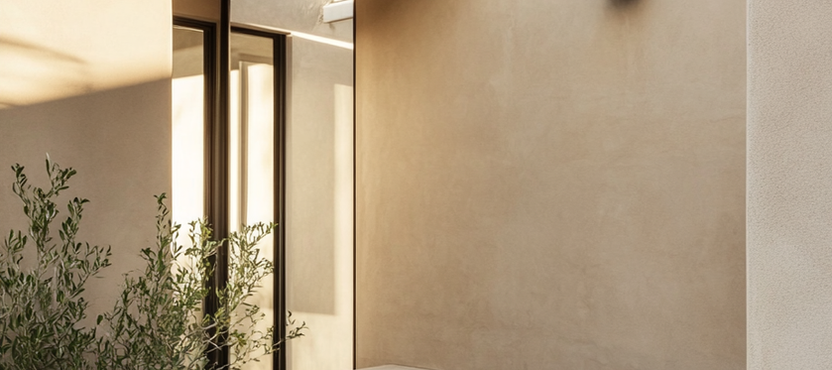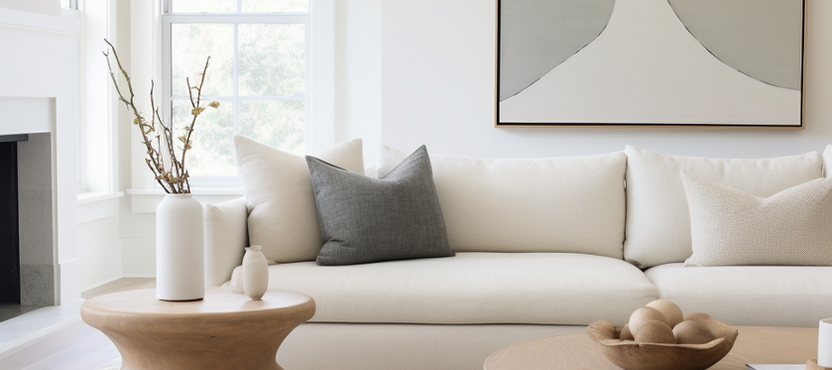How Interior Designers Use IKEA: 7 Stylish Hacks You Can Steal Right Now
- Beril Yilmaz

- Jul 8
- 5 min read
Few brands have shaped the landscape of modern interiors quite like IKEA. Whether you’re furnishing your first flat or renovating a long-loved family home, chances are something from the Swedish giant has found its way into your space. But beyond flat-pack furniture and those addictive meatballs lies something a bit more surprising: IKEA is a secret weapon for professional interior designers, who routinely transform its accessible offerings into bespoke, magazine-worthy design statements.
From cleverly hacked storage systems to sculptural lighting reimagined as high design, designers are rethinking the value of IKEA. They don’t see limitations — they see potential. A plain bench becomes a sculptural showpiece with the right stain. A simple cabinet turns luxe with custom paint and new hardware. This is more than IKEA hacking; this is about using IKEA as a solid foundation for layered, intentional interiors.
If you’ve ever wondered how interior designers use IKEA, you’re in the right place. We’re breaking down the insider tricks and unexpected applications that give IKEA a rightful place in beautifully designed homes. And the best part? These methods are surprisingly achievable — even if you’re not a pro.
1. How Interior Designers Use IKEA: Starting With the Layout

Before any paint is picked or cabinet is hacked, it starts with layout. IKEA's modularity is a major draw for designers who need flexibility — especially in compact spaces. Designers often use IKEA’s digital planning tools (hello, Kitchen Planner!) not just for kitchens but for crafting multipurpose zones in open-plan spaces or small apartments.
Because IKEA pieces are designed on a modular system, it’s easier to puzzle-piece items into tight corners or awkwardly shaped rooms. Designers frequently start by mapping out their room using standard IKEA units — especially the Besta, Stuva, or Metod ranges — then refine the design with custom elements. These foundations help professionals maximise function first, with form layered on top.
In fact, the ability to work at scale with IKEA is a designer’s dream. You can duplicate layouts across multiple rooms (think kids’ rooms, guest areas, utility spaces) without blowing the budget — or compromising on design consistency.
2. How Interior Designers Use IKEA: Styling for a High-End Look
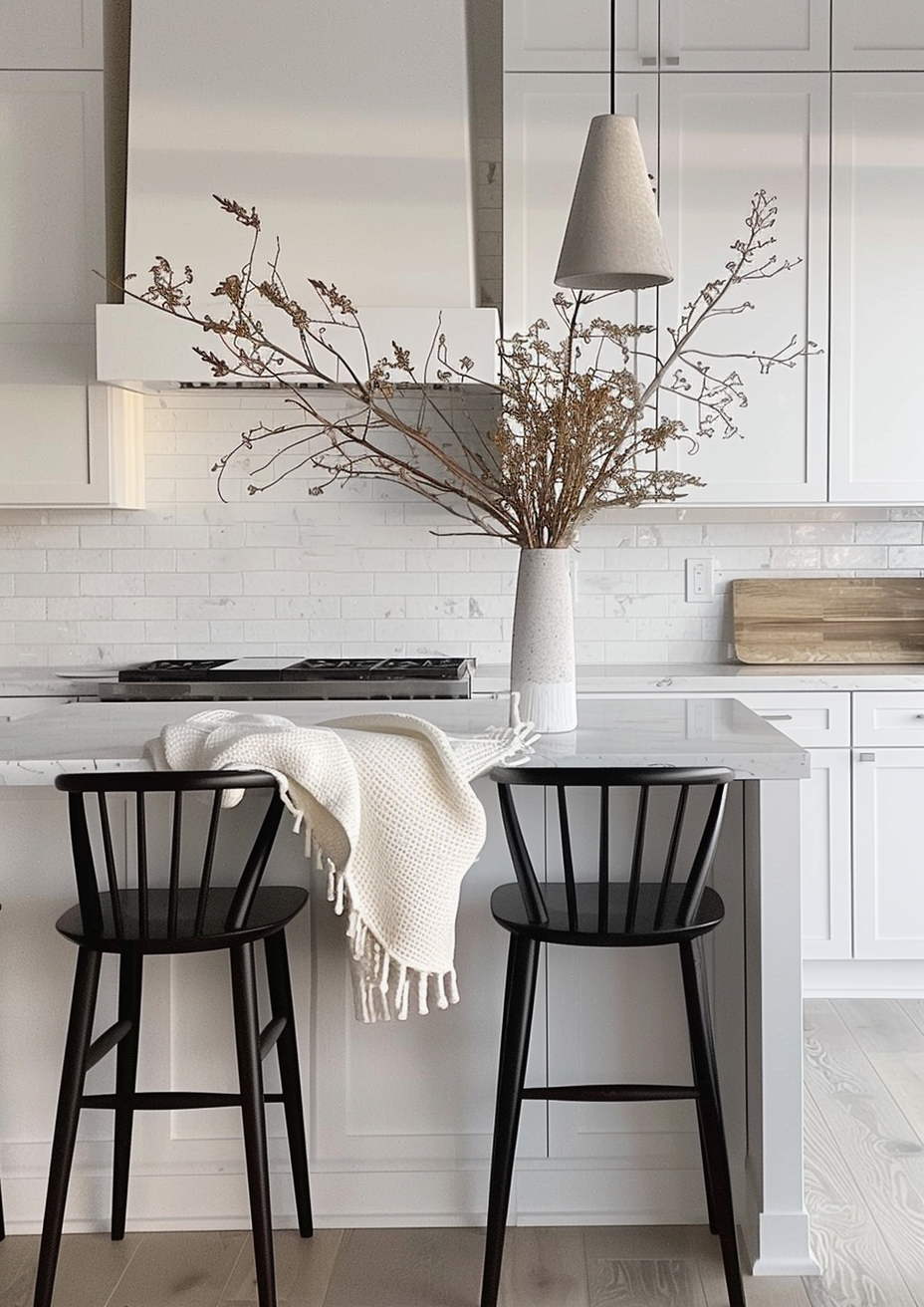
One of the biggest misconceptions about IKEA is that its affordability means it can't look luxe. That couldn’t be further from the truth. Interior designers frequently use IKEA pieces as a base and elevate them with high-end materials and bespoke styling.
A few of their favourite tricks? Upgrading finishes is at the top. Think marble countertops paired with plain white IKEA cabinetry, or luxe velvet cushions tossed onto a Söderhamn sofa. Customising IKEA’s core ranges — particularly Besta and Billy — with tailored paint jobs, vintage knobs, or even wallpaper overlays adds instant personality.
Textiles also do heavy lifting. Designers layer IKEA’s linen curtains with heavier drapes, or use basic IKEA rugs as a foundation to highlight antique Persian overdyed rugs. And when it comes to lighting, even the most basic IKEA pendant becomes a statement piece when grouped or styled with sculptural accessories.
Ultimately, it’s all about curation. IKEA isn’t the star — it’s the scaffold.
3. How Interior Designers Use IKEA: Built-In Looks Without the Price Tag
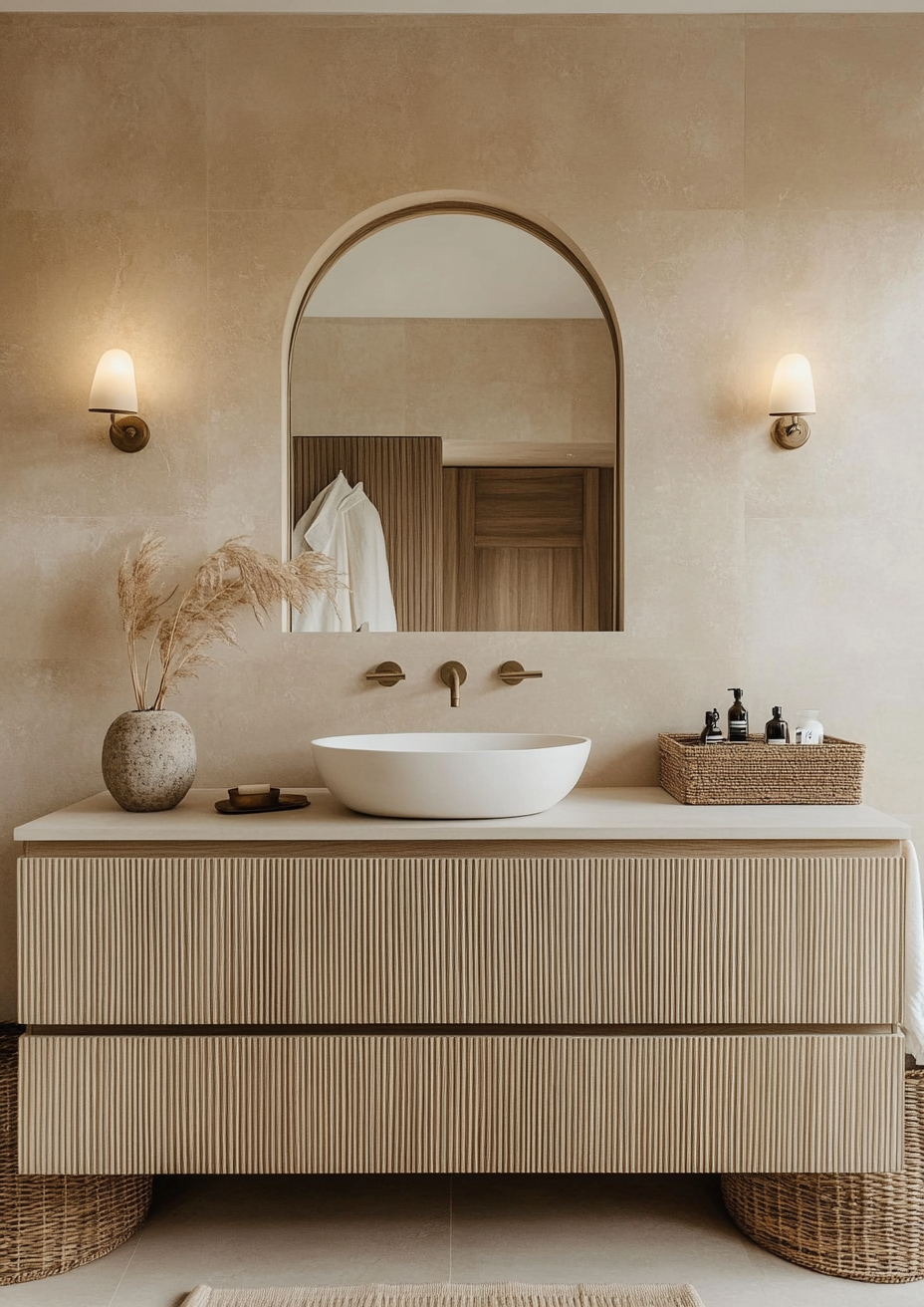
Designers are always on the hunt for ways to mimic architectural depth — and IKEA delivers. A common pro move is to use tall IKEA cabinets and wardrobes to fake the look of built-ins. Whether in bedrooms, hallways or living rooms, designers use PAX or Metod systems, cutting coving or panelling around them to create seamless wall-to-wall installations.
To finish the illusion, they add bespoke trim, cornices, or even paint the units in the same tone as the walls. In older homes, this technique modernises while preserving charm. In newer builds, it adds sophistication that belies the cost.
Floating IKEA cabinetry (especially the Besta range) is another favourite, often installed low on walls to mimic bespoke joinery — perfect for media units, hallway consoles or bathroom vanities.
4. How Interior Designers Use IKEA: Hackable Furniture, Limitless Ideas
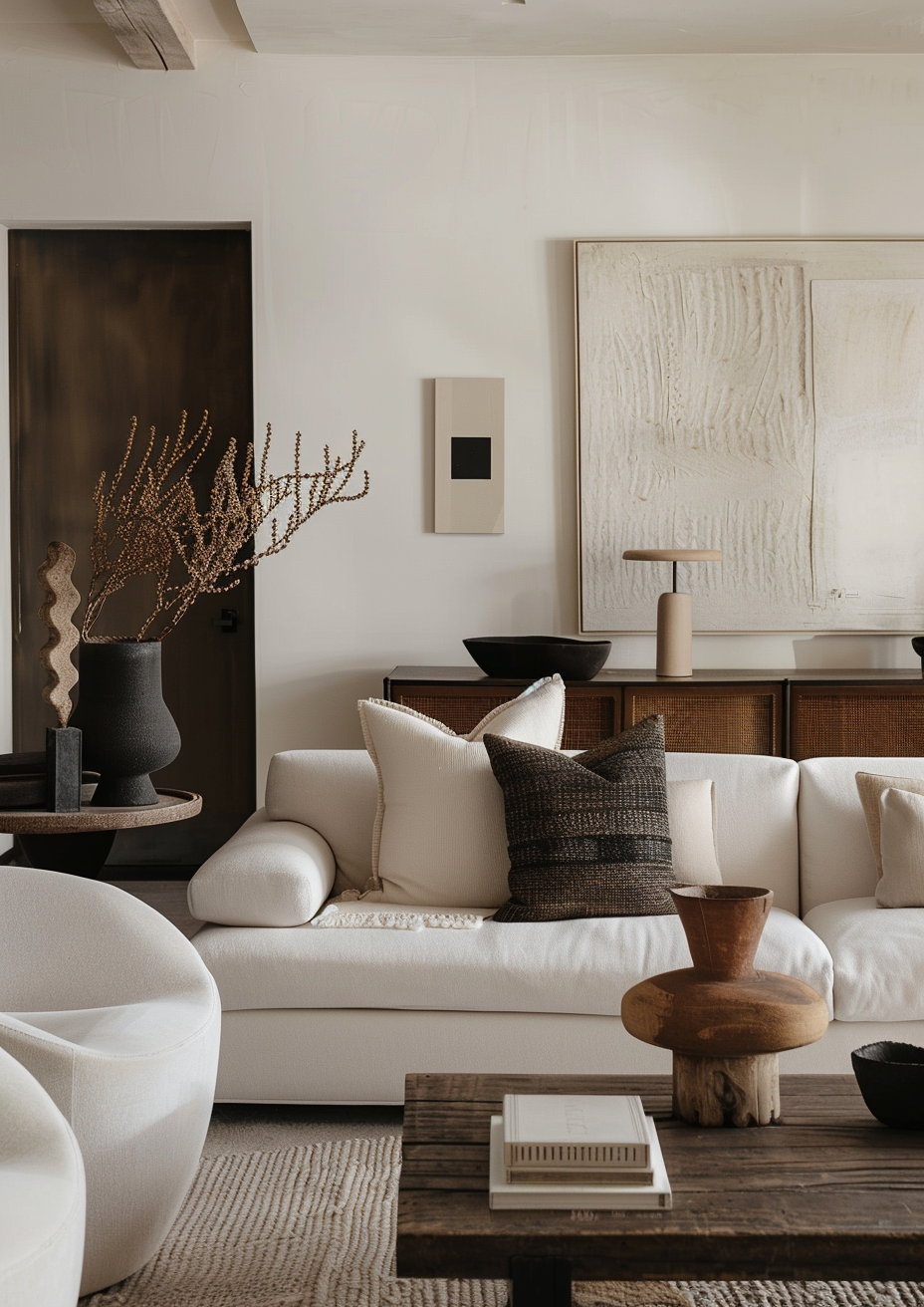
IKEA hacking is not just a Pinterest hobby — it’s a full-blown professional design technique. Designers choose IKEA for its structural reliability and then unleash creativity. One client might get a minimalist Scandi-style dining bench stained in ebony; another might see the same bench transformed with cane webbing and brass inlays.
Bookshelves like the classic Billy are frequently reimagined. Add trim, reconfigure the height, or incorporate lighting, and suddenly you have a built-in library or stylish bar unit.
It’s not just about furniture either. Designers use IKEA plant pots as pendant lights, turn spice racks into floating bedside shelves, and repurpose pegboards in offices, garages, or even kids’ art zones. The simplicity of IKEA’s design is what allows for so much reinvention.
5. How Interior Designers Use IKEA: Budgeting for Impact
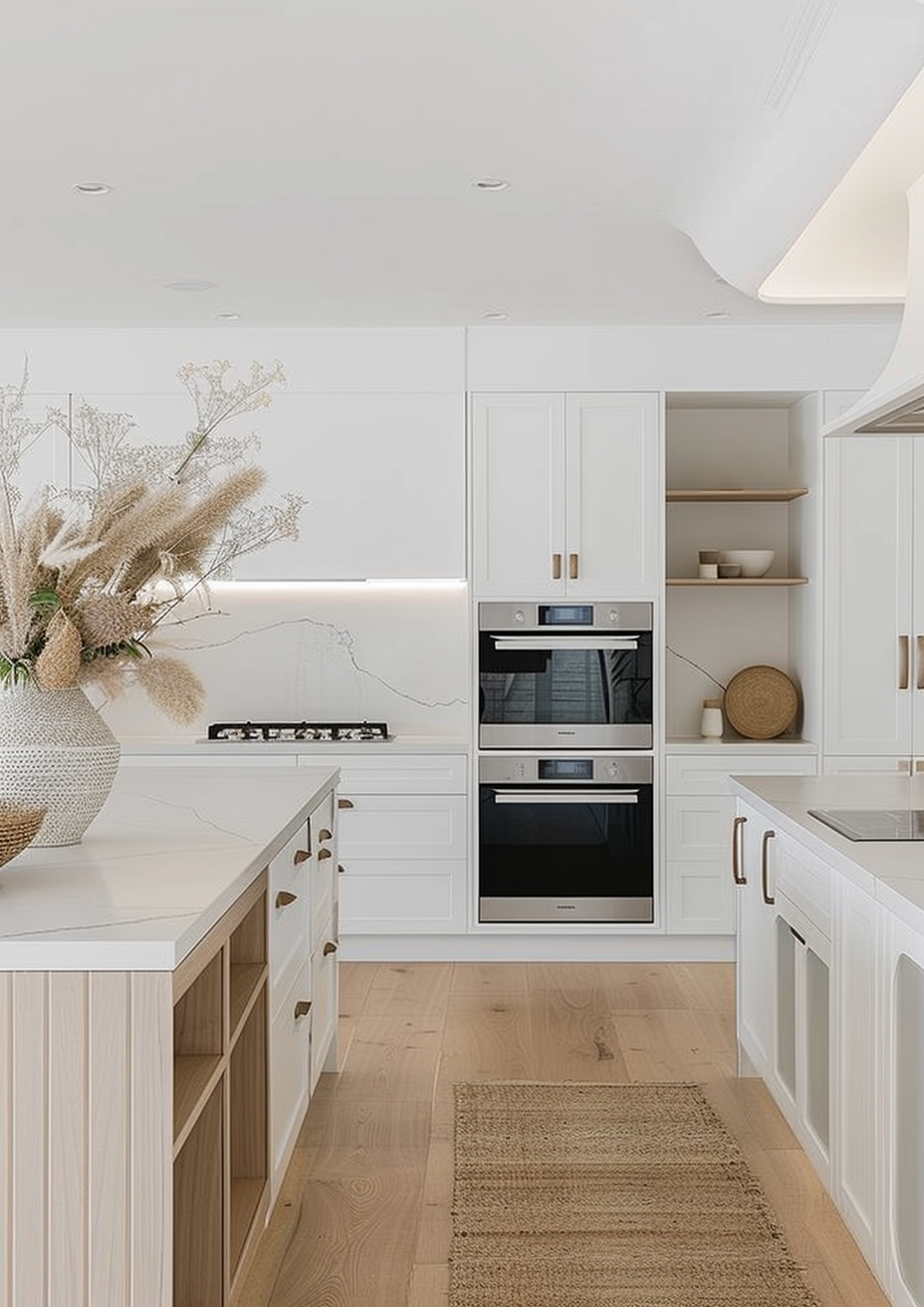
Design is always a balancing act between splurging and saving. Pros know that mixing high and low is the key to successful interiors. IKEA lets them save where it won’t be noticed — internal cabinet systems, wardrobe interiors, basic chairs, under-bed storage — and redirect funds to bespoke elements that make a visual impact, like custom upholstery, lighting, or art.
A designer might spend £5,000 on a statement sofa, but kit out the entire bedroom wardrobe system for a fraction of that using IKEA. It’s smart economics — and it works. The result? Cohesive, layered interiors that don’t scream budget, but whisper considered style.
6. How Interior Designers Use IKEA: Sustainability in Practice
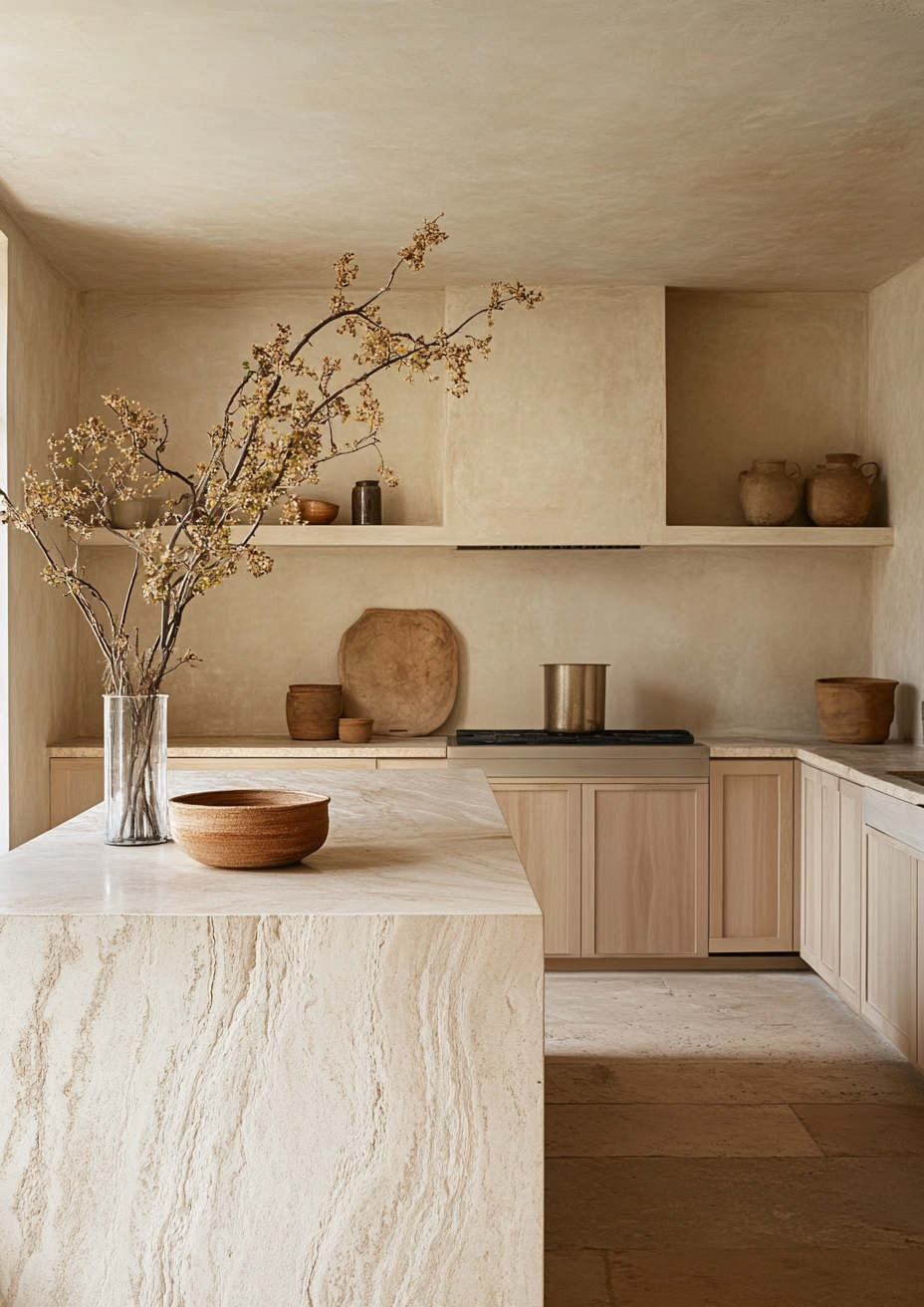
As sustainability becomes central to good design, IKEA’s eco-initiatives are a huge win for professionals. Designers are increasingly tapping into IKEA’s buy-back program, sourcing second-hand items to reduce waste and encourage circular design.
Many also repurpose IKEA items within projects — turning leftover shelves into desk surfaces, converting disused drawers into toy chests, or salvaging hardware for other uses. IKEA’s predictable sizes and systems make this kind of creative reuse especially easy.
And with IKEA ramping up their recycled materials across core products, designers feel more confident incorporating these pieces into green-certified projects or homes aiming for low-impact living.
7. How Interior Designers Use IKEA: Creating Layers with Purpose
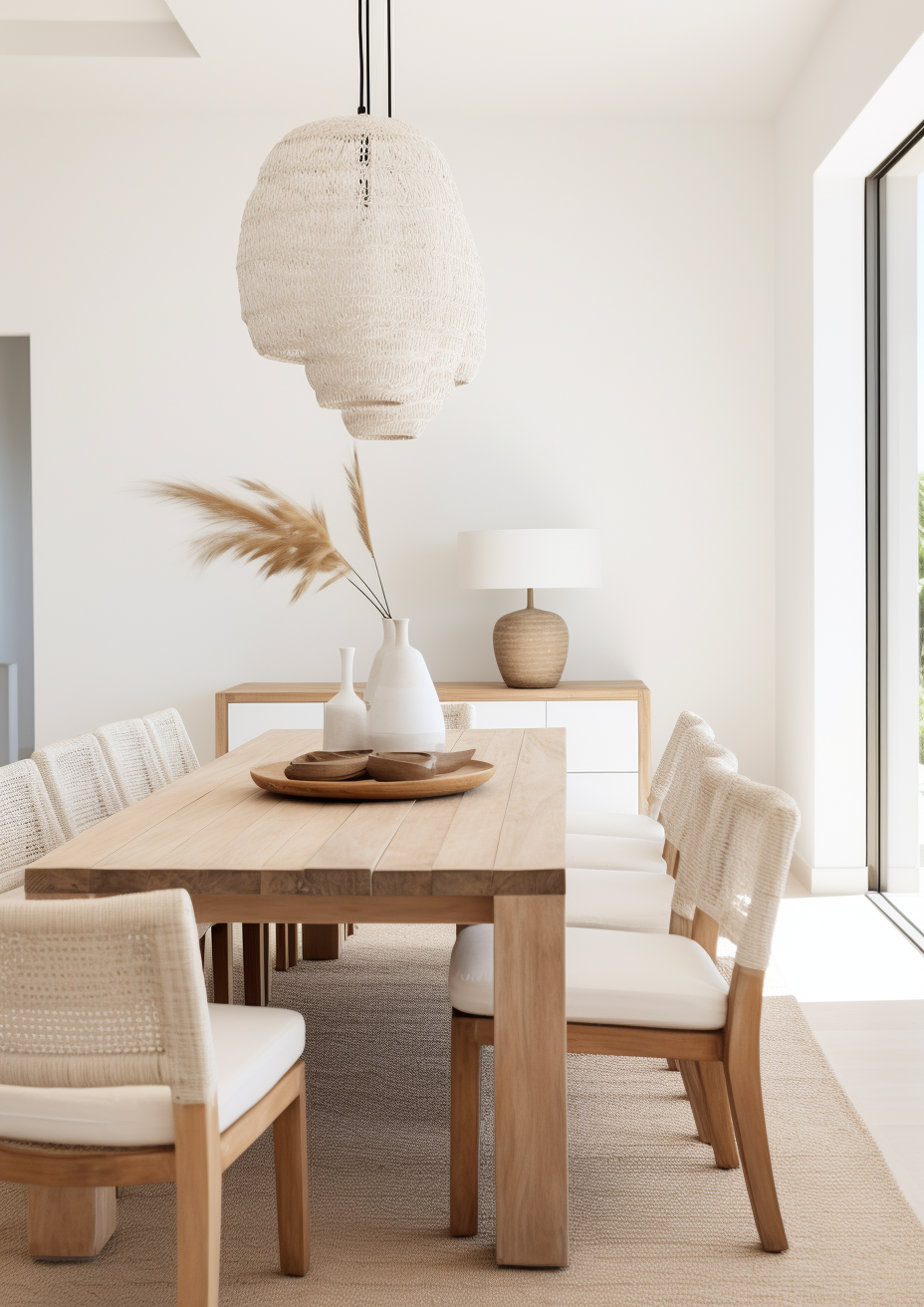
Good design is all about layering, and IKEA often provides the structural layer upon which others are built. Designers don’t just use IKEA to furnish — they use it to support the aesthetic direction of a space. A simple white bookcase becomes the backdrop for a colourful collection of vases. A plain coffee table gets flanked by sculptural lounge chairs. IKEA is the canvas — the artistry comes in the layering.
In kids’ rooms, it offers durability without drama. In guest spaces, it means function over flash. In main living areas, it creates neutral bases that let heirloom pieces or artwork shine. It’s that blend — considered, consistent, clever — that keeps interior designers coming back.
FAQs: How Interior Designers Use IKEA
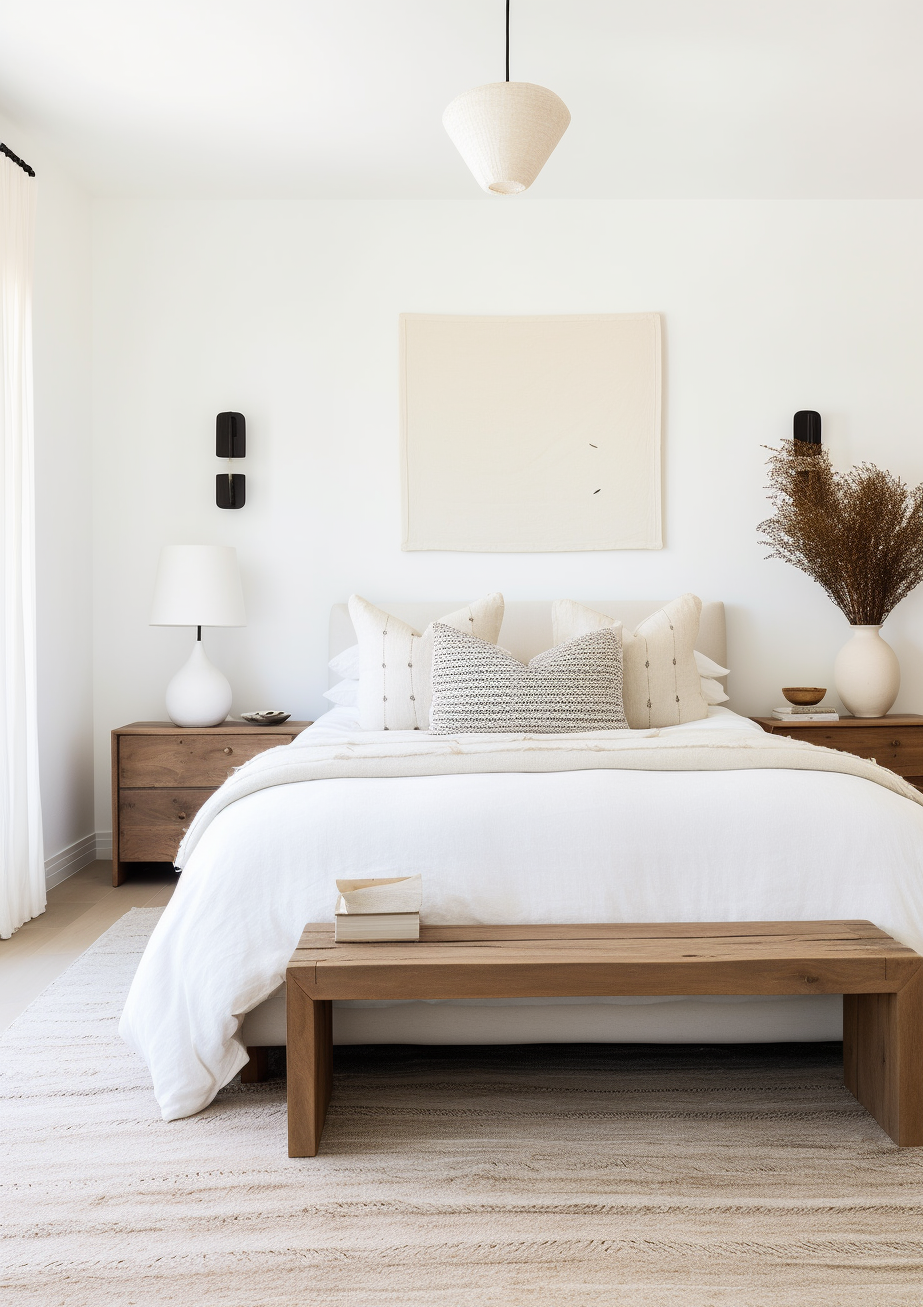
Q: Can I get a high-end look with IKEA furniture?Absolutely. Designers often customise IKEA pieces with paint, hardware, trim, or upholstery to create a premium aesthetic without the premium price.
Q: What are the most commonly used IKEA products by designers?Systems like PAX, BESTÅ, BILLY, and METOD are go-tos. Their modular nature makes them easy to adapt and transform.
Q: How do designers make IKEA furniture last longer?They often reinforce or customise pieces during installation, use better quality hardware, and incorporate them into low-impact roles (like storage or decor support).
Ready to Transform Your Space with BY Design And Viz?
Whether you’re dreaming of a minimal modern kitchen or a layered, heritage-inspired home, IKEA can be a powerful part of the process — and we know how to make it look anything but ordinary. At BY Design And Viz, we specialise in turning everyday materials into extraordinary environments.
Need help planning your interior or architectural project? Let’s talk. We offer bespoke interior design, architectural rendering, and full space planning — combining function, form, and feeling in every square foot.
Book your consultation today and see how we can transform your space using IKEA and beyond.









